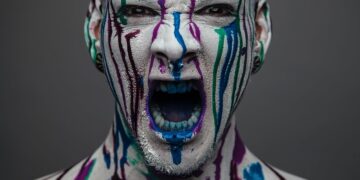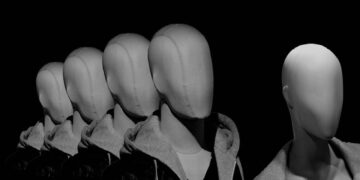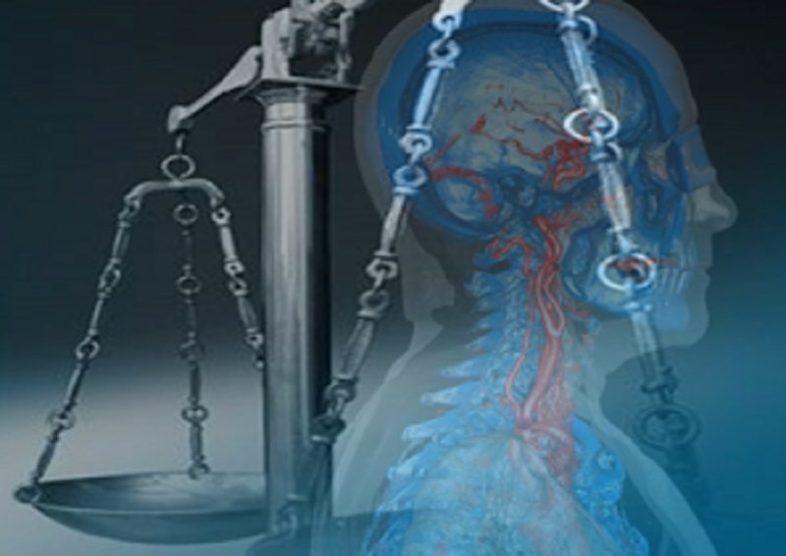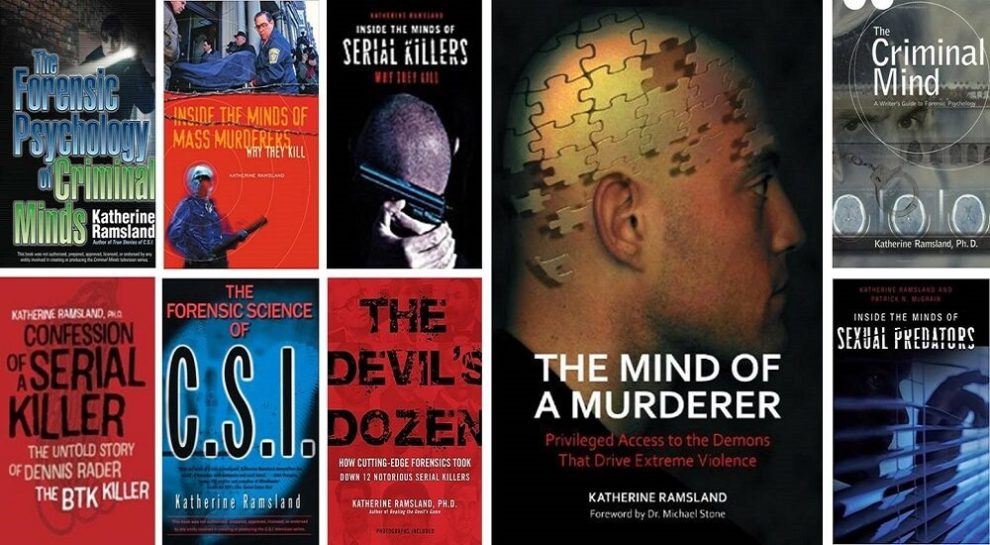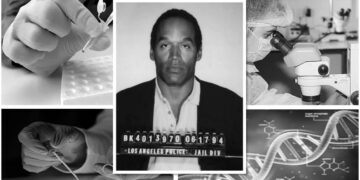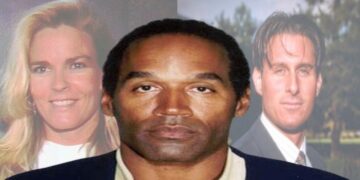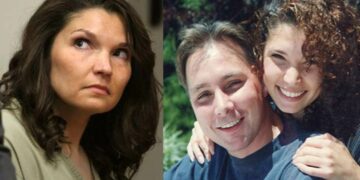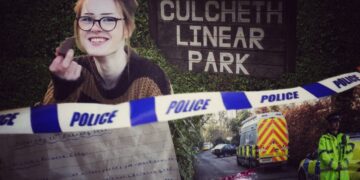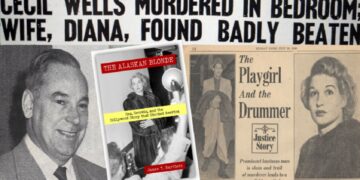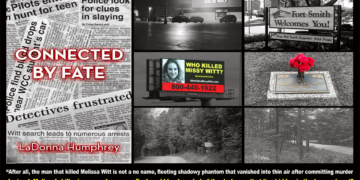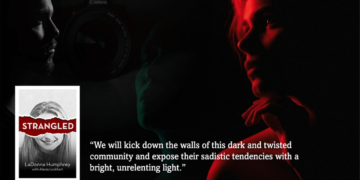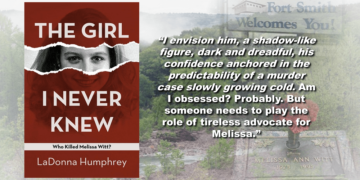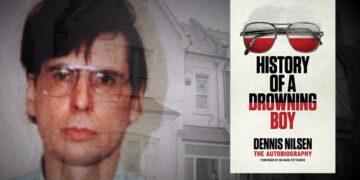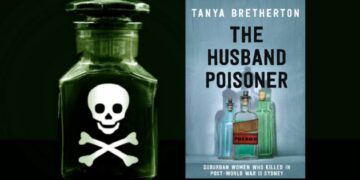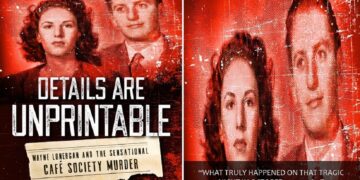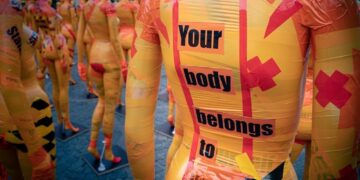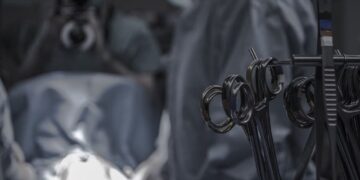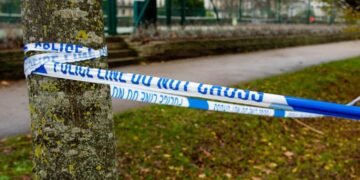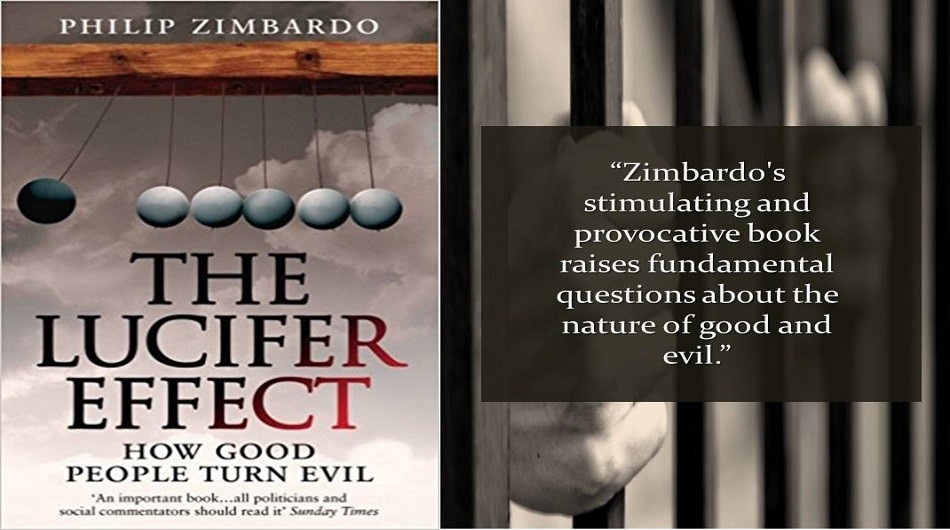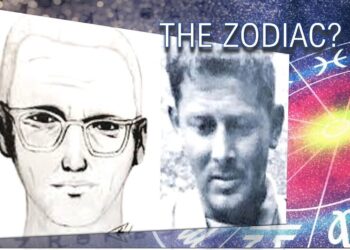Written by Benjamin Thompson
“The Lucifer Effect, the award-winning and internationally respected psychologist, Philip Zimbardo, examines how the human mind has the capacity to be infinitely caring or selfish, kind or cruel, creative or destructive.”
According to the Sunday Times, American social psychologist Dr. Philip Zimbardo’s acclaimed book, The Lucifer Effect is ‘an important book’ that ‘…all politicians and social commentators should read.’ It has also been a New York Times Bestseller. Each day as we go about our usual tasks; buying food, dropping the kids off to school or going to work, for the majority of us, it would never even occur to us to mug an old lady let alone murder someone.
“So down the great dragon was hurled, the original serpent, the one called devil and Satan [Lucifer], who is misleading the entire inhabited earth; he was hurled down to the earth, and his angels were hurled down with him……. Woe to the earth and the sea…..”
Revelation 12:9 & 12 – New world translation of the Holy Scriptures
According to Dr. Zimbardo, lurking deep inside every human being is a monster so ugly, so evil beyond our wildest imaginations. It could enable us to commit atrocities that we see so prevalent in our ‘modern day’ world – like Syria, Libya, Rwanda, and Iraq. As members of a worldwide society, we pride ourselves in our ‘humanity’ by feeling sorry or sad for victims of crime, giving our precious time and resources to endless charitable causes and protecting our families or loved ones from what we perceive to be a threat.
The Lucifer Effect: How Good People Turn Evil describes the now famous experiment Zimbardo carried out at Stanford University in California. In it Zimbardo placed college student participants in a prison environment in the basement of the university, some assigned as prisoners and some as guards, to examine the psychological effects of prison life.
“In only a few days, our guards became sadistic and our prisoners became depressed and showed signs of extreme stress,” Zimbardo reported on why the experiment was dramatically cut short. So why did this experiment go wrong – or did it?
As you go through this review, try focusing your mind’s eye on placing yourself in both the shoes of Zimbardo and then the participants and at the end tell me what you think.
Chapter Two takes the reader back 46 years, to 1971. Like many of his contemporaries of the time, Zimbardo wanted to understand what had just happened to the world of humanity with the evils committed, not just by Adolf Hitler and the Nazi party but by the majority of the major world powers. Also, in the USA in the 1960’s and 70’s, violence, in general, was at an all-time peak.
After much discussion with his students, he decided to understand why evil was so prevalent. And what a better setting to examine this phenomenon in, than by gazing into the prison system of America and how the guard/prisoner power relationship is abused regularly by both correctional staff and prisoners alike. Although he was a prominent psychologist, he was unable to watch real guards and prisoners due to the security risks posed to him and his team.
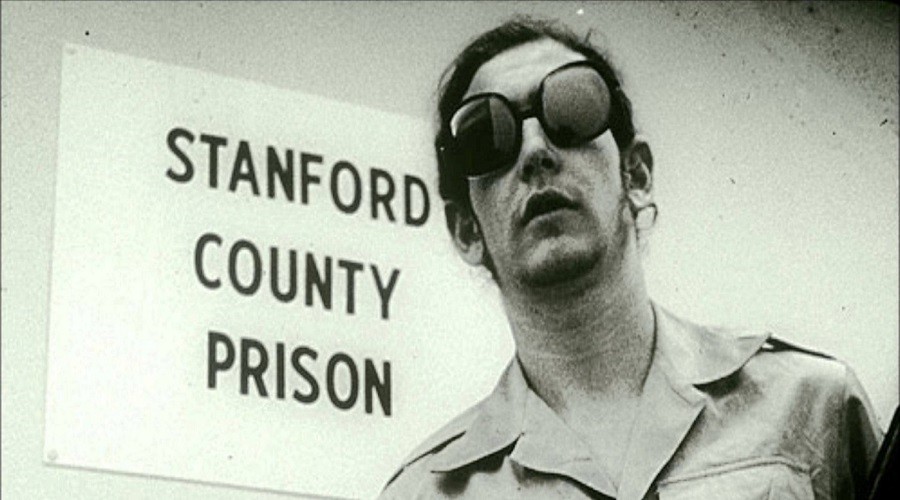
To get around this hurdle, he designed and managed to get approval for one of the most famous scientific experiments ever completed, The Stanford Prison Experiment. This was created within the walls of Stanford University’s psychology department’s basement. This leafy and quiet suburb was about to have the shock of its life.
Twenty young men, some university students and some from the surrounding areas, were selected as participants by Zimbardo (Prison Superintendent) and his team of undergraduate and post-graduate students (which made up his Warden, Psychological Counsellor, and advisers). The participants were allocated as either Correctional Officers or Prisoners, nine of each with two reserve guards in case things got out of hand or staff sickness – little did he realize that this experiment would go down in history for all the wrong reasons.
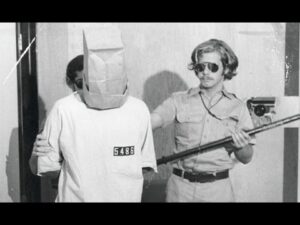
“It is Sunday, August 14th, 1971, 9.55 am”, Zimbardo explains in Chapter Two. On this sunny, warm day in Palo Alto in California, USA, the mock arrests that had been arranged with the chief of police began.
Using an official vehicle two real police officers started making the arrests necessary to detain the participants who had been allotted as prisoners. He left nothing to chance.
“The Lucifer Effect raises a fundamental question about the nature of human nature: How is it possible for ordinary, average, even good people to become perpetrators of evil?”
None of the participants knew that this was going to happen, so it came as quite a shock to a number of them. To make it even more spectacular, the experimenters had arranged for the local TV news crew to tag along to capture all the goings on and then show it on the 6 o’clock news that day.
Just like when an offender is sent to prison by the courts, they dehumanize them by having everything about them, not just their freedom, changed. No talking, no smoking, no books, paper or pens and certainly no name! In the 60’s and 70’s prisoners were not even allowed to go to the toilet unless authorized. Exactly the same rules were harshly enforced with Stanford’s mock prison too. The book goes into graphic first-hand accounts from participants and Zimbardo’s team that would make your stomach churn.
Zimbardo, from the very outset, makes it clear, that if he had known how bad things would have got, he would have never run the experiment nor does he take pride in it.
“We imagine a line between good and evil, and we like to believe that it’s impermeable,” he said at the Association for Psychological Science 18th Annual Convention.
“I’ll say today that’s nonsense. Because that line is … permeable. Because sometimes, just like human cells, material flows in and out,” he continued. “…And if it does, then it could allow some ordinary people like you to become perpetrators of evil.”
The reason he wrote the book, he explains, is for us to understand the bigger picture, why evil is so profound – the system!
His experiences with this study and his other research projects were brought to the fore when he was called as an expert witness in the infamous Abu Ghraib prison trial in America’s Supreme Court. Abu Ghraib is an old prison in Iraq, which was used by Saddam Hussain to torture his civilians who he alleged were terrorists, although the majority of its inmates were never brought to trial. He recounts the haunting torture by the American military police’s escapades on Iraqi and other nationals thought to have been involved with Saddam Hussain’s regime or anyone suspected of terrorism. Sound familiar? That is why the author asks us to look into what the system created, not just the men and women at the bottom of the food chain, as it were.
He also recounts untold tortures in China and Rwanda. Not something I would recommend as bedtime reading. Never the less, it is well worth purchasing this book or getting it from your local library. It will open your eyes to what evil we are all capable of and how we can suppress it, like the majority of us do. It helps us to see ‘the system’ and how it is just as accountable as those it gets to perpetrate evil in its name, and then turns its back on them by blaming them as ‘offenders’.
In the beginning, I asked if you could put yourself in the place of both the author and experimenter Zimbardo and the participants. Was it wrong to run this experiment, or did the Lucifer Effect make it all worthwhile?

Meet the Reviewer: My name is Benjamin Thompson and I am a final year honours student in Forensic Psychology and hope to start my Masters in 2018/19 academic year. My passion is for all things legal and medical, and this field mixes the two. I have always wanted to go into Forensic work and wish to continue my studies so that I can practice as a Chartered Forensic Psychologist. I am also proud to be a registered member of the British Psychological Society.
Read more from Ben:
- The Psychopath Test: A Compelling Adventure Into The World Of Madness
- The London Underground Serial Killer
- Stanley Milgram: The Man Who Shocked The World
‘The Lucifer Effect: How Good People Turn Evil ‘ by Dr. Philip Zimbardo is published by Rider Books and is available at Amazon.
Prefer Audiobooks? Audible 30-Day Free Trial with free audiobooks








